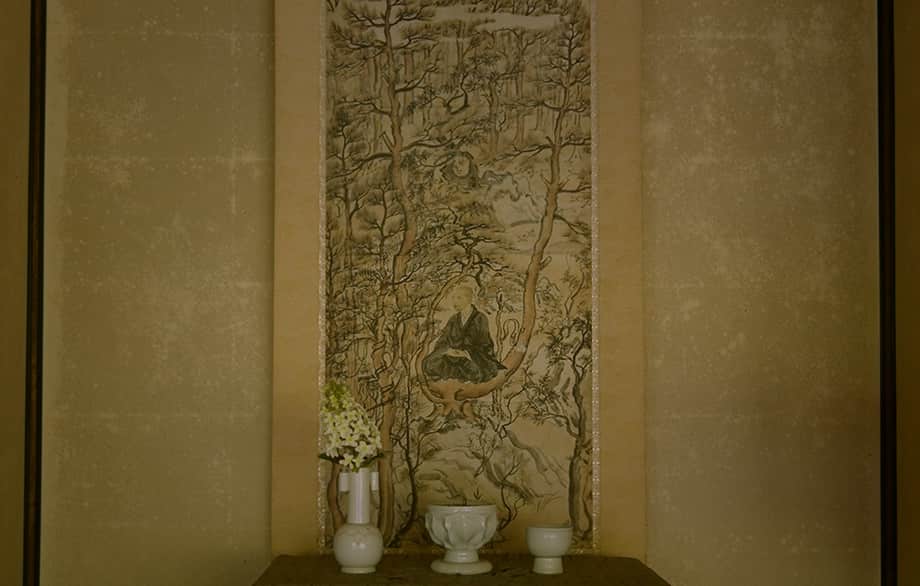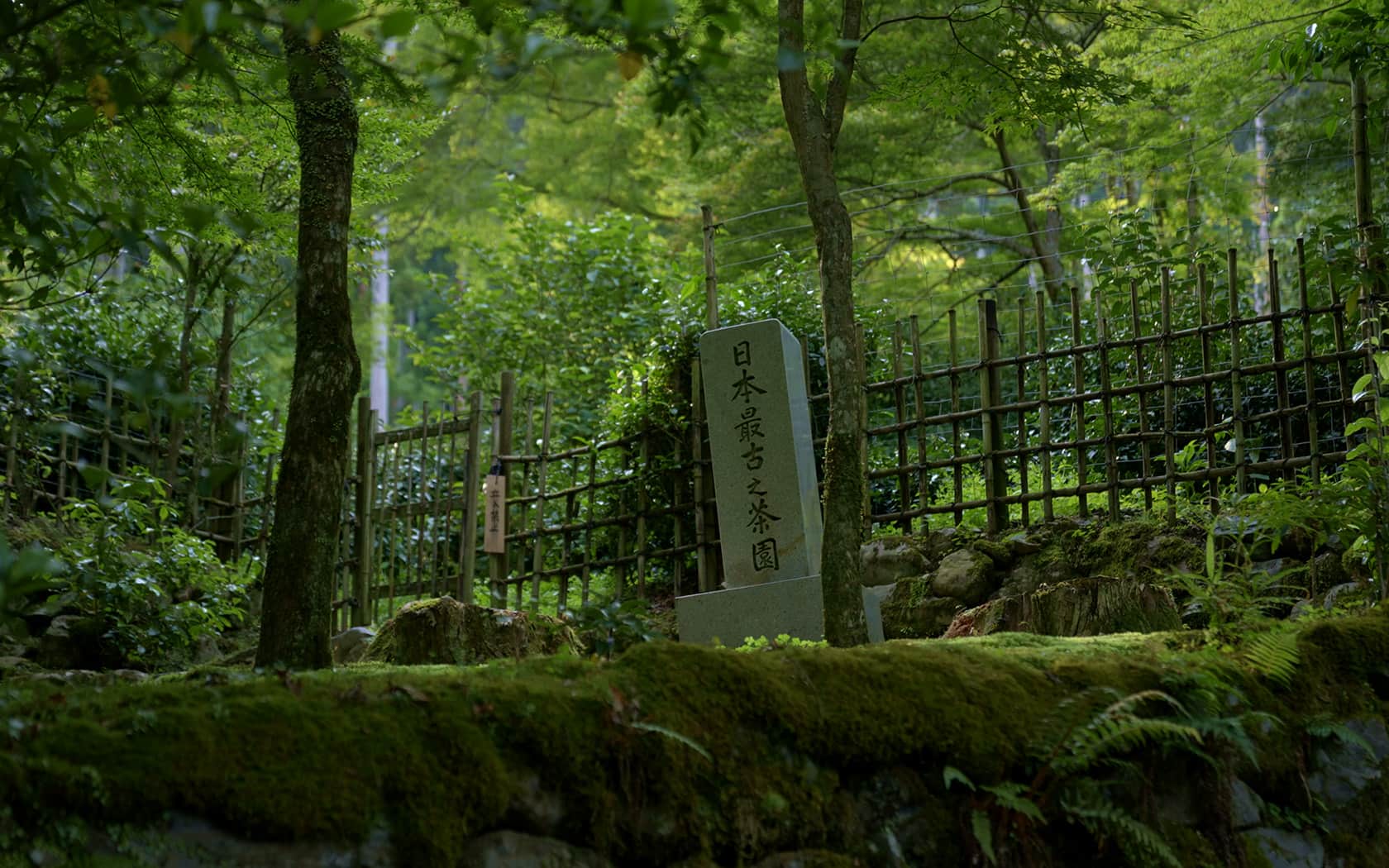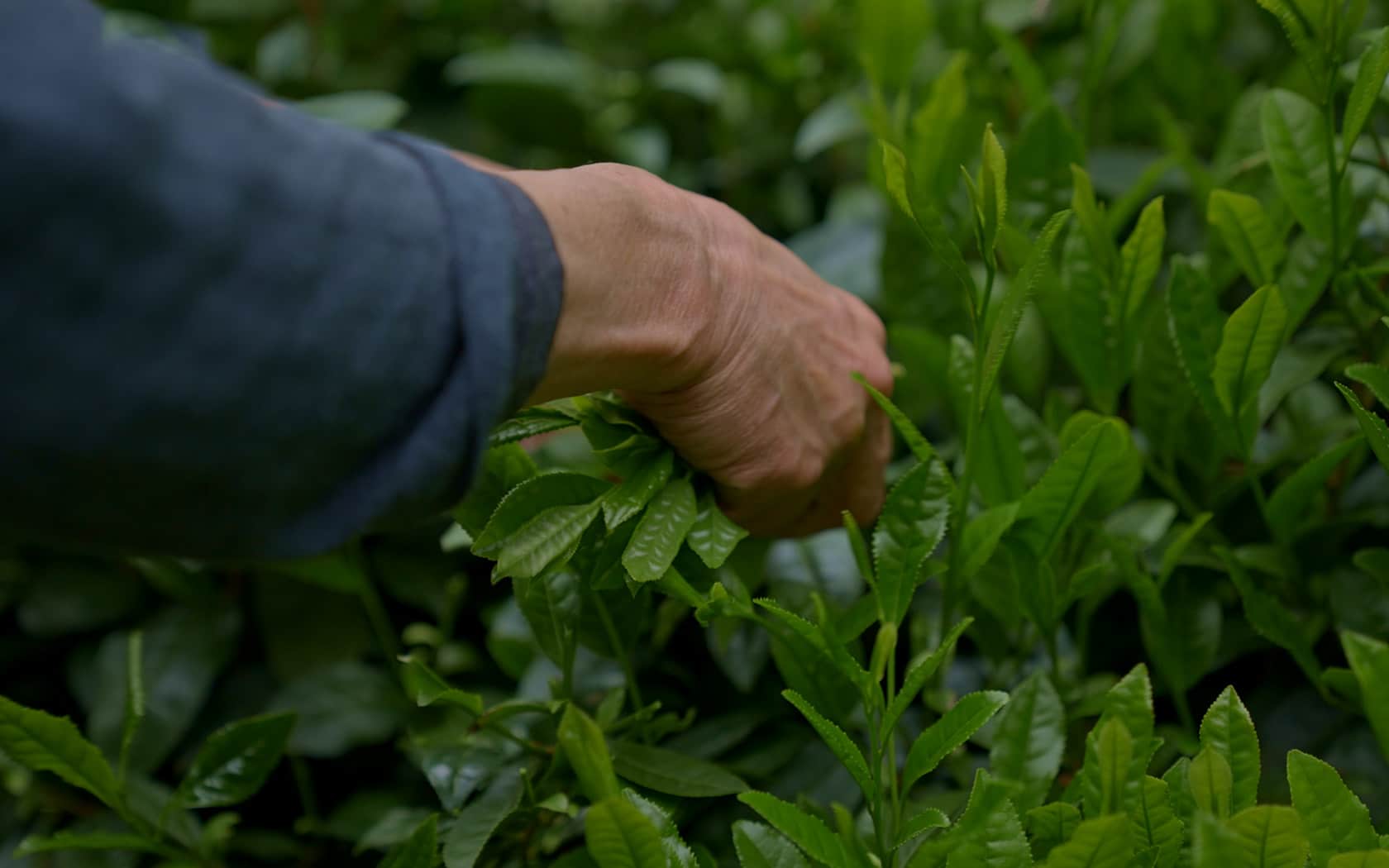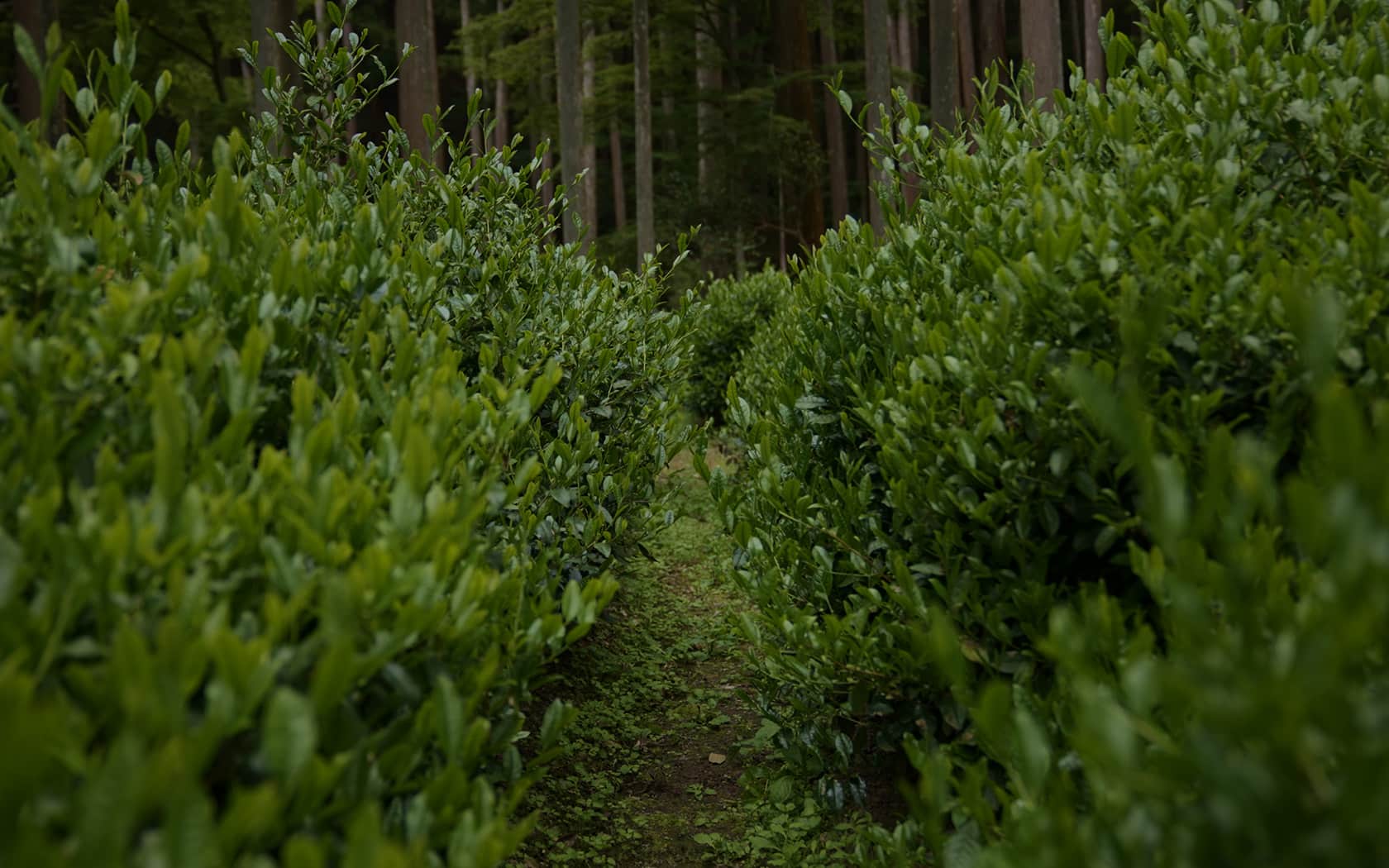About 800 years ago, Myoe planted tea seeds near Kosanji. The temple maintains a small tea plot in honor of its tea heritage, and there is a small harvest every May.
After traveling in China, Zen Buddhist priest Eisai (1141–1215) returned to Japan with tea seeds. He gave some to Myoe, who cultivated them near Kosanji. In those days, tea was used to help monks stay awake during long meditation sessions.
Eisai
Born in 1141, he was a monk who lived from the late Heian to early Kamakura period, dying in 1215. He was the founder of the Rinzai school in Japan and the founding priest of Kennin-ji Temple. He is also known for reintroducing the custom of tea drinking to Japan.

Myoe
Born in 1173 in present-day Yuasa, Aridagawa Town, Wakayama Prefecture, Myoe was a Buddhist monk known for rejuvenating the Huayan sect of Buddhism. After becoming a priest under Mongaku at Jingoji Temple, he studied Kegon Buddhism at Todaiji Temple and received the secret teachings from Konen at Kajuji Temple. He was awarded the land of Togano by Retired Emperor Gotoba in 1206 and built Kosanji Temple as the center of the Huayan sect. He died in 1232.
Myoe played a key role in the history of tea in Japan. His tea-growing activities eventually led to large-scale cultivation in Uji, about 30 kilometers southeast of Kosanji. Uji is now one of the most important tea-producing regions of Japan, known for its fertile soil and good weather conditions. Tea growers from Uji visit Kosanji each year on November 8 to present offerings of first-picked tea (shincha) from the previous spring.






